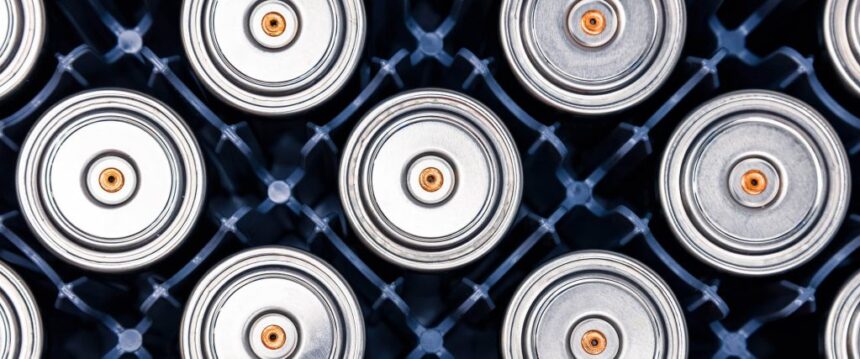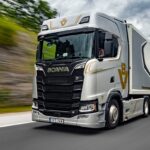Exploring the Differences Between Tesla and BYD Electric Vehicle Batteries
When it comes to the electric vehicle (EV) market, two major manufacturers stand out: Tesla and BYD. While Tesla dominates in Europe and North America, BYD leads the Chinese market. Despite their popularity, both manufacturers have been quite secretive about the details of their battery technology. To shed light on this topic, a team of researchers recently dismantled one battery from each manufacturer to compare their designs and functionalities.
The findings of this research, published in the Cell Press journal Cell Reports Physical Science on March 6, reveal interesting insights into the differences between Tesla’s batteries, specifically the Tesla 4680 cell, and BYD’s batteries, particularly the BYD Blade cell. According to lead author Jonas Gorsch from RWTH Aachen University in Germany, Tesla’s batteries prioritize high-energy density and performance, while BYD’s batteries focus on volume efficiency and cost-effectiveness. The study also highlights that BYD’s battery allows for easier thermal management, making it more efficient overall.
Gorsch emphasized the lack of in-depth data and analysis available on cutting-edge automotive batteries, making this study a crucial step in understanding the nuances of EV battery technology. By dissecting the mechanical structures, material compositions, and performance characteristics of both Tesla and BYD batteries, the researchers were able to uncover some surprising findings.
One unexpected discovery was the absence of silicon content in the anodes of both battery cells, contrary to common beliefs in battery research. The study also revealed differences in charging speed relative to maximum capacity and unique design features such as electrode stack lamination in the BYD Blade cell and novel binders in the Tesla 4680 cell.
Despite these differences, the researchers noted some similarities between the two batteries, such as the use of laser welding for connecting electrode foils and the comparable fraction of passive cell components. Gorsch highlighted the innovative yet distinct design approaches employed by Tesla and BYD, emphasizing the need for further studies to assess the impact of these design choices on battery performance and longevity.
Overall, this study provides valuable insights for researchers and industry professionals in the battery development field. By establishing a benchmark for large-format cell designs and offering valuable data on format, size, and active materials, the findings of this research can guide future advancements in EV battery technology.







